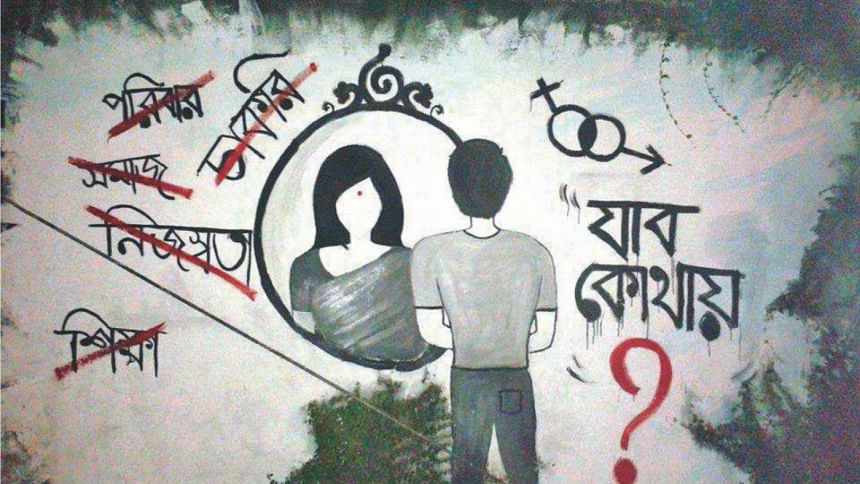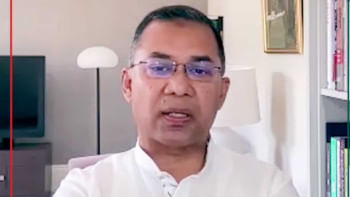Including the Different, Defining the Other

When we talk of Hijras or transgenders, we usually visualise men dressed up as women singing, clapping and dancing for money; or by the red lights on the streets using unique begging or mugging techniques to make money from passer-bys. However, when the government recognised hijras as the third gender in late 2013, many of us failed to realise that it was going to take much more than this recognition for the hijra community to be accepted by us, the society.
For starters, not many of us actually understand the dynamics of a transgender. It's more internal, than it is physical. Many of us in society tend to harbour a belief that only if individuals have both the male and female body parts, they are to be identified as hijras. It will probably take eons for the society to realise, that the third gender is so much more intense than just being physical, to the extent that more academic readings and understandings are required.
"It will take many more years for us to be accepted here in society," says Munia, a hijra (transwoman) who now works for a private medical and research centre in Dhaka. She speaks of the frustrations of the hijra community who want to lead a respectable life, but fail to do so because of the taboo that exists within the social surroundings. "We were definitely thankful to the government when the authorities recognised the third sex and made an effort to include us in the work force," she says. "But what happened back then humiliated many of us even more!"
Munia remembers when she and a group of other hijras were asked to get medical tests done at designated government hospitals. "We were told that this was a normal government procedure-- getting medical examinations done before applying for a government job. We were fine with it at first. Why shy away from the norm?" However, they were not ready for what was to come.
They were made to undress and were examined inch by inch, in front of a room full of people. "These people were not meant to be there," says Munia. "They were not doctors or nurses or anybody from the medical teams. In fact, they were other patients waiting for their turn to meet the doctor. Why were we made to take off our clothes in front of them?" This was a question that Munia and the others ask even today.
"Not once, but we were made to visit different hospitals at least on three occasions where we were made to undress under similar circumstances," says Munia. "In fact the worst part was how our privates were being scrutinised and examined. We were stripped off of our diginity!"
This was done, according to Munia, because it seems that the authorities wanted to determine if the hijras were indeed who they claimed to be, and not charlatans faking their gender to obtain the government jobs. "At the end of all the humiliating episodes, the doctors finally declared us to be fake, simply because of our male privates!"
If the medical tests are indeed integral to qualify for government jobs, the medical team should have included practitioners from psychology and behavioural science departments as well, thinks Munia.
How difficult is it for the professionals, the authorities, the governments, the medical teams and society at large to comprehend the basic nature of a hijra or a transgender, trying to survive within the set social surroundings?
Many say that the social surroundings are changing and very soon the third gender will surely be included and accepted. Unfortunately, the changes are not happening as fast as one would require it to be. The change needs to happen now, if we want to identify as a progressive nation, open to ideas, welcoming and including those who are different.

 For all latest news, follow The Daily Star's Google News channel.
For all latest news, follow The Daily Star's Google News channel. 



Comments